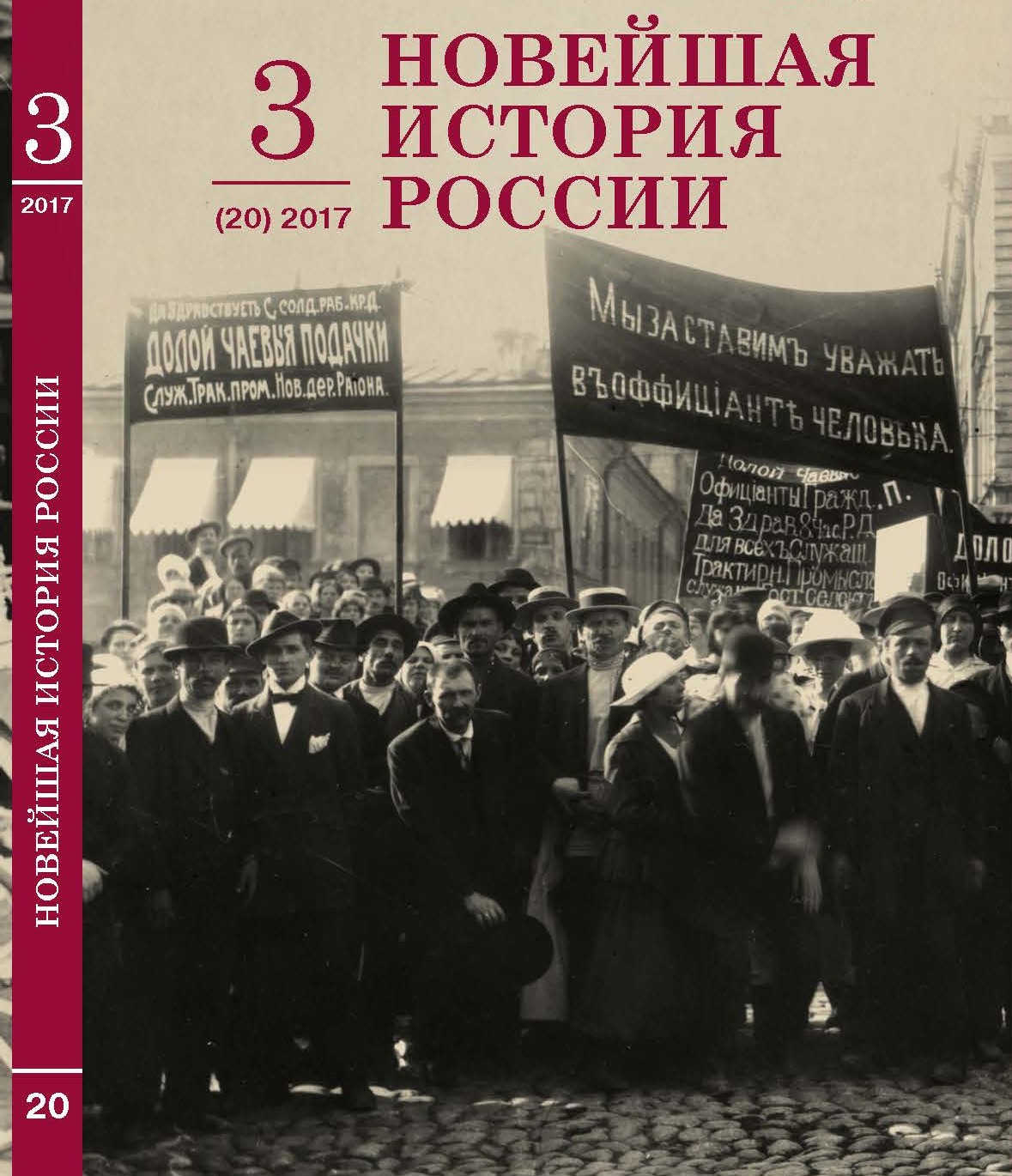Становление советской государственности: использование имперского наследия в сфере центрального управления
Formation of Soviet State System: Use of Tsarist Heritage in the Sphere of Central Governing
Author(s): E. N. Morozova, David Iosiphovich RaskinSubject(s): History, Political history, Recent History (1900 till today)
Published by: Издательство Исторического факультета СПбГУ
Keywords: Central institutions; Russian Empire; Soviet Power; document management; economy; trade; industry; bureaucracy
Summary/Abstract: The paper considers the Soviet Power’s usage of the Russian Empire’s central institutions. Contrary to the wide-spread statement of dismantlement of the old state machine, the real practice of the early Soviet years involved first of all take-over of the old government apparatus and its adjustment to the objectives of the new authorities. The authors traced back the history of over than 250 state supreme and central institutions of the Russian Empire after October 1917. The case study of the institutions in charge of economy demonstrated that many of them kept functioning after the October take-over. Later, by way of renaming and reorganization they were incorporated into the system of the Soviet government machine. During a long period the pre-revolutionary system of document management was being preserved. Alongside with this, the advisory bodies of old ministries and departments were among the first to be eliminated, though the learned committees were partially preserved. As a rule, structural units of ministries maintaining technical and record functions were retained. Numerous fragmentations and transformations of the old institutions are explained by the “bureaucratic dilettantism” of the new authorities. Alongside with the well-known facts of numerous officials refusing to cooperate with the Soviet Power, the revealed sources demonstrate determination of a significant part of the pre-revolutionary bureaucracy to maintain their positions. An essential role in renovation of the central government institutions carrying their work under the Soviet Power was played by the removal of the Council of People’s Commissars to Moscow. A prominent number of central institutions in charge of economy, industry, trade, transport became structural subdivisions of VSNH (the Supreme Economic Council). Deactivation of work of some institutions responsible for foreign trade, agriculture, etc., was greatly influenced by the Civil War and the Soviet policy of nationalization in the fields of industry and trade.
Journal: Новейшая история России
- Issue Year: 7/2017
- Issue No: 20
- Page Range: 7-23
- Page Count: 17
- Language: Russian

